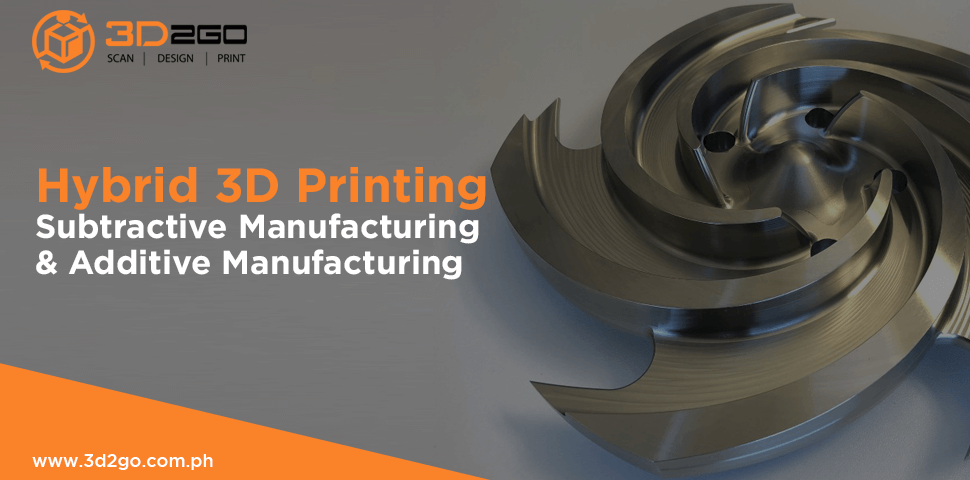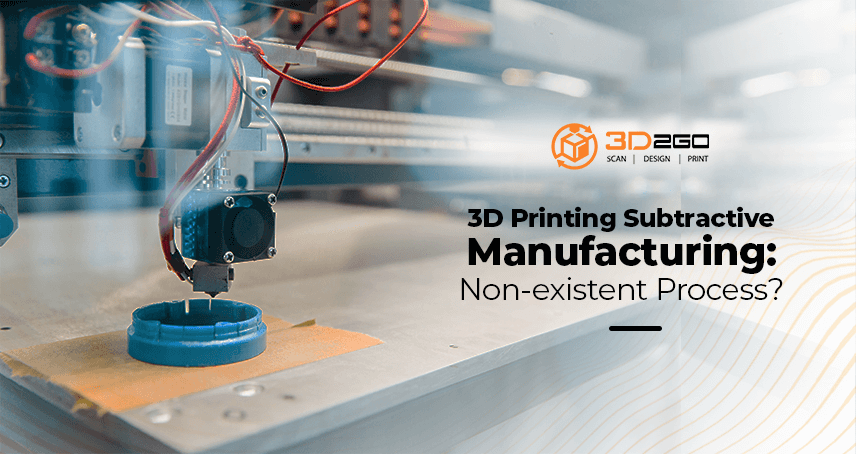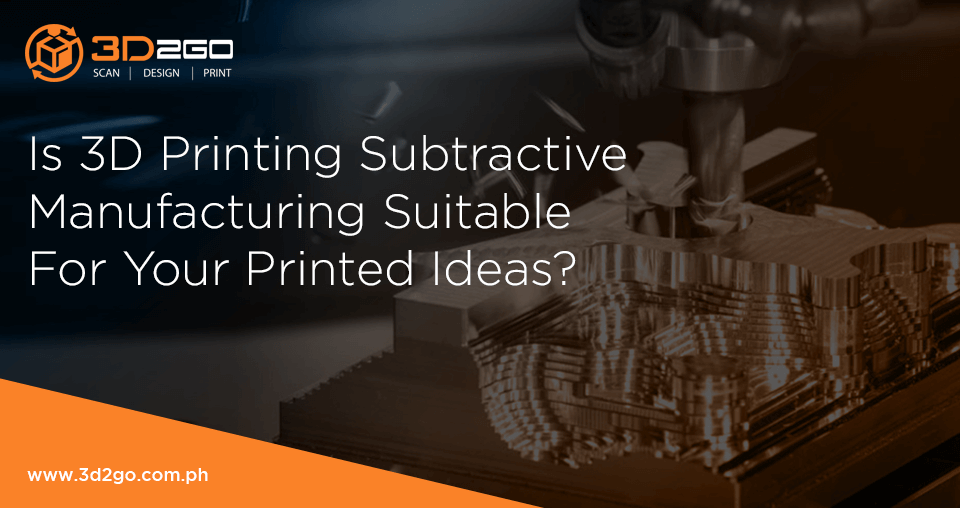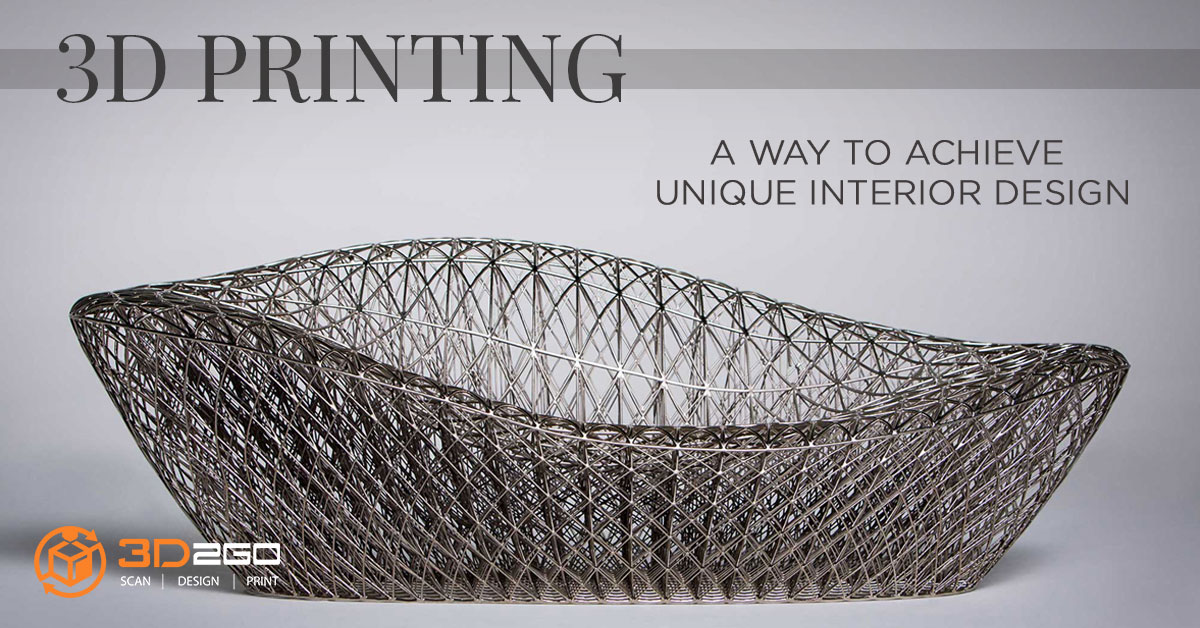
Achieve Unique Interior Design with 3D-Printed Home Décor
May 14, 2022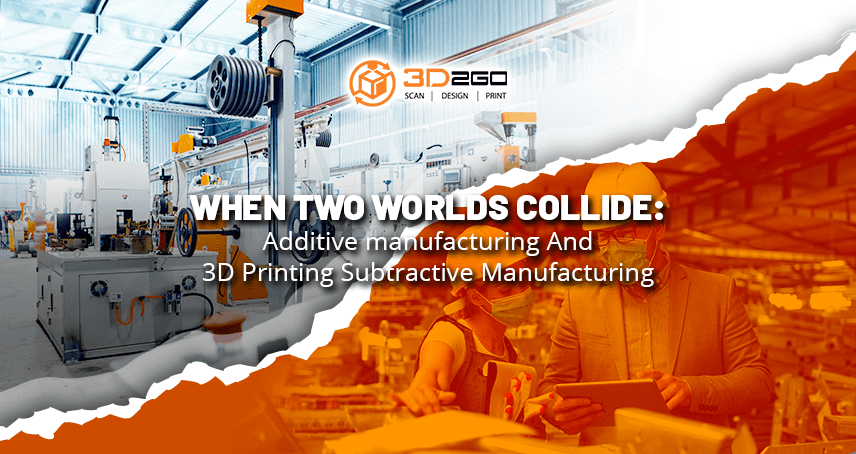
When Two Worlds Collide: Additive manufacturing And 3D Printing Subtractive Manufacturing
May 14, 2022Additive vs. Subtractive manufacturing; A Hybrid Process
Together with 3D2GO, manufacturing technology products may combine the capabilities of both subtractive and additive manufacturing processes in its newest hybrid manufacturing platform.
We can integrate standard subtractive CNC machine tool technology platforms with our 3D printers to form its hybrid manufacturing platform.
The combination couples traditional machining with Direct Energy Deposition (DED) 3D printing technology to provide a more cost-effective means of producing and repairing parts.
Hybrid manufacturing offers the benefits of both additive and subtractive processes in one machine, providing cost and complexity advantages that have not been accessible before.
An introduction to Meltio machine for 3d printing vs additive manufacturing process
Initially presented at Formnext 2019, the Meltio Engine is an advanced control module for fitting existing CNC machines, robots and gantry systems with the firm’s technology, turning any motion platform into a hybrid metal 3D printing system.
The device operates on the same proprietary wire and powder-compatible Laser Metal Deposition (LMD) technology that powers Meltio’s M450 3D printer, which is the company’s take on the DED process. The Melito Engine is designed to fuse the benefits of LMD with large-format control systems to enable metal part production on previously unseen scales.
The system’s LMD tool head utilizes multiple high-power lasers to melt metal feedstock directly onto a substrate below, resulting in fully dense metal part production.
The latest version of the system was unveiled last year, equipped with several upgrades to further improve the affordability and accessibility of hybrid manufacturing for the production of fully dense metal parts.
Incorporating the additive process with the Meltio machine
3D2GO may set up an additive hybrid machine for a user’s request.
This machine will incorporate Meltio’s LMD laser head into Haas Automation’s VF, UMC, and TM Series CNC machine tool platforms to offer both subtractive and additive technologies from a single machine.
For seamless production, the Haas controller communicates with the Meltio engine through the Haas MFIN board. Each additive function is tied to a separate relay on the MFIN board. The M-codes are run from the NC program on the Haas control at key locations which, when activated, send a signal to the Meltio engine. The corresponding signals are received by the print engine and run the Meltio sub-routines that control the deployment of the additive print head, laser power, shielding gas solenoid, activation of the lasers, and wire feeder, among other functions.
Thanks to this combination, users will be able to 3D print and complete a part using just one machine. Parts can be repaired or modified by adding material via the system’s 3D printing capabilities and machining them to their final shape using the CNC elements.
The hybrid manufacturing platform also facilitates the use of different materials on a single part to ensure the best design, weight, and strength of components, while Meltio’s LMD technology enables the production of high-density metal parts with good resolutions.
For off-line programming of parts, Phillips partners and supports CAD/CAM software suppliers such as Autodesk, GibbsCAM, and Mastercam. Furthermore, the system is backed by 3D2GO’s applications engineering, service, and training teams to provide users with support in leveraging its hybrid manufacturing capabilities.
3D Printing Subtractive Manufacturing and more with 3D2GO
In manufacturing, subtractive and additive processes often complement each other in the production of tooling, jigs, fixtures, brackets, molds, and patterns.
Manufacturers often use plastic 3D printed parts for fast, custom, low-volume, or replacement parts and opt for subtractive metal processes for higher volumes or parts that are subject to more extreme mechanical stress and strain.
Utilizing both additive and subtractive manufacturing results in a hybrid process.
If you further need a more personalized hybrid process, contact us today on our email: management@my3d.com.ph. You can also reach us through our Facebook and Instagram pages today!


